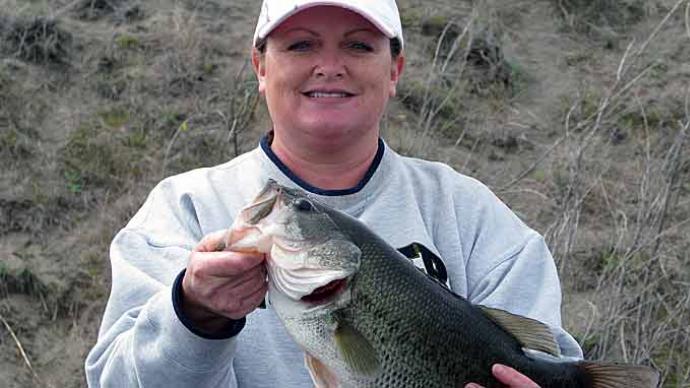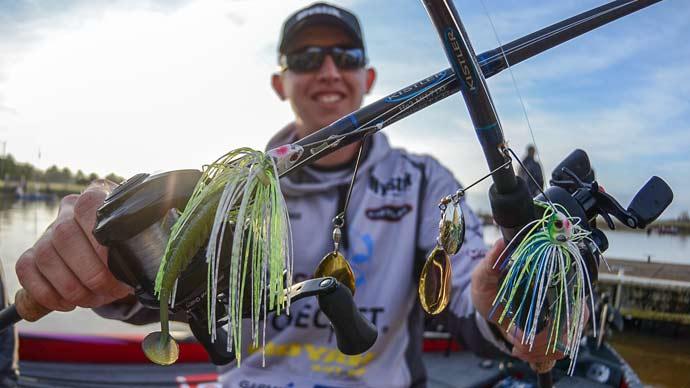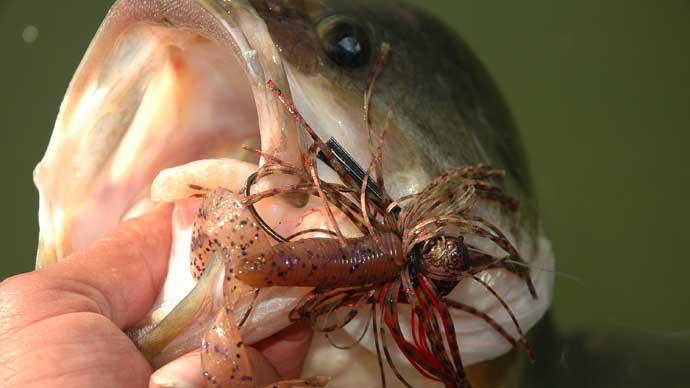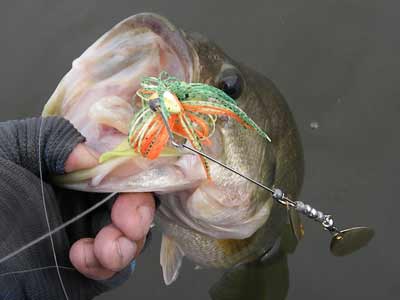
Spring will depend on where you live in the US. In some cases, Spring may be done in your part of the country now. For me, it has not even gotten here yet. Living in the Upper Midwest, we were still dealing with passing snowstorms the last few weeks, and we are still waiting to get on open water in some cases across Minnesota. Enough of that.
Spring means a time of change; bass will have a couple of things that drive them at this time of the year. First is getting reacquainted with lost food sources. The second is starting to look for a spawning partner.
Let’s look at what Spring brings and five of the top baits that you should have in your box when you hit the water. As I built the list below, I teamed up a couple of the selections as they are closely related together.
Spinnerbaits & Vibrating Jigs
If you don't know where the bass will be, you will have to start somewhere to find them and build from there. The first baits that I will grab early in the season is a spinnerbait, and you can also add a vibrating jig to this mix. These two baits will allow you to cover water, helping you locate bass. You can break down what is happening better once you find them. You can catch bass in 2ft of water down to 20ft using different sizes. I feel there is no better way to make first contact with the bass in the early stages of your time back on the water and get a reading where the bass are located and what is going on than with a spinnerbait and vibrating jig.
Carry skirts and trailers that match the forage in your fishing waters. Contacting the cover while fishing will also help you generate strikes early in the game. Carry an assortment of different blades to make adjustments on the fly. Instead of changing out baits, you can make blade adjustments to fish different watercolors and depths.
Traps & Square Bills
Some may be thinking that the Trap and Square Bill are close to the Spinnerbait and the Vibrating Jig. I would agree with it a little bit, but there is enough difference in them that they are different picks. Traps are a bait that I use to grab the bass’ attention when buried in cover or if I'm looking for signs of bass while covering water.
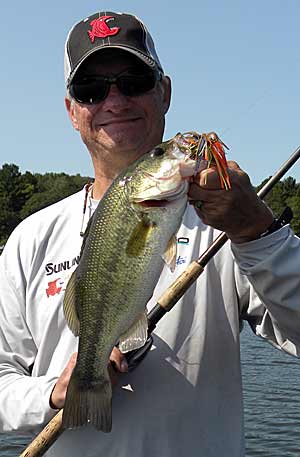
Make your cast and start to retrieve your bait. The more you can get the bait to make contact with the cover and break it free, the more bites you'll generate in your day of fishing. If I just cast my bait out and swim it back, I could get some bites but not as many as I would if I make my cast and rip the bait out of the cover. It is the reaction of the bass when the bait gets hooked onto the cover, and it is snapped free from that trigger’s bites from the bass. The bass are thinking something is trying to get away. It triggers many of the strikes that you'll get in your day of fishing.
Take square bills on the other side of the mix as the sleeper in this group. Yes, square bills are the 4-wheel bait of this group. You can make your cast and rip the bait free from the cover you're fishing, but there is one big difference. During your retrieve, when you feel your square bill make contact with the cover, give your bait a good rip to break it free, but wait and give it a 1-2 count before you start to reel again. This pause will elicit strikes. With the bait holding in the area, daring the bass to bite is the triggering factor that will make the bass bite your bait. You need to capitalize on this triggering factor that I don't feel many fishermen do. Taking a closer look, you can't do this with other baits as they will fall away from the cover when ripped free. But the square bill will hold its ground, daring the bass to bite. It will trigger more bites resulting in more bass in your day of fishing than if you rip the bait free and get it on its way again without pausing.
Stickbaits
Stickbaits, over the years, have become a Springtime staple. You could say they are like tubes. Fishermen grab their stickbait box and put it in the boat, getting ready for the early season bite, only to take it back out a month later after the spawn is done. Stickbaits excel at getting into the bite zone and staying there to trigger bites, which is the key behind fishing a stickbait in cold water conditions.
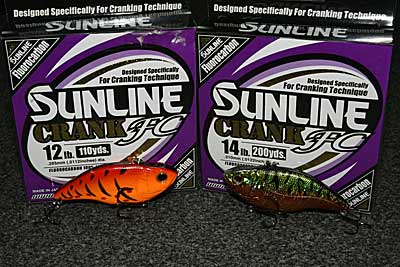
Line and bait choices are essential in this case, so pick your options well. How you adapt to the conditions on the water and how you fish your bait will be the difference. Stickbait fishing at this time of the season can be painstakingly slow. If you think you're fishing your bait slow enough, fish it even slower.
Tubes
Springtime is precisely what the Garland brothers had in mind when they came up with the whole tube bait idea. They were striving to produce a bait that could be fished for bass when the bass started to hit the shallows looking for food and a mate. As a result, the tube has become a bass lure legend.
The Garland brother's idea was a bait that could be fished for bass sitting on the beds during spawning season. We all know how that turned out, but the tube has more capacity than that in the mix. When fished on a 90-degree eye jig head, the tube will fall in a tight circle above the bass when fished on a slack line.
Over the years, fishermen have come up with different tactics and presentations to fish a tube. If you're looking for early season bass, rig your tube on a 60-degree eye jig head to give your tube a gliding action when fished on a slack line. It will allow you to cover more water when looking for signs of bass early in the season.
Jigs
Many fishermen rely on a jig for spring fishing, and I'm one of them. If I don't get bites on any of the first baits that we have talked about, I will reach for a jig as my go-to bait. Then, when I get into areas that I think are holding bass, I'll slow down and break this area apart with a jig to see if I can't trigger bites helping me figure out the bite.
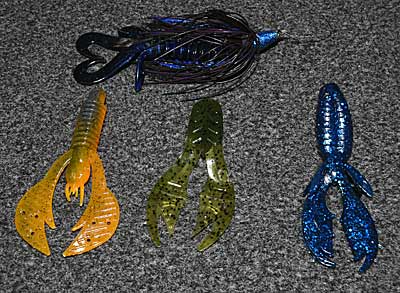
I use a bullet head jig for fishing both weed and rock areas, but at the same time, I can use this as a swim jig as well, allowing me to work critical areas in multiple ways, helping me to trigger strikes. During the Spring, make sure that you play both sides of the bait options.
The forage bass are targeting at this time of the season will be bluegills, but in the Northern parts of the country, craws become a more significant part of the bass' diet as water starts to warm. Craws will become more active with the warmer water conditions, and bass will take advantage of this when looking for food sources in their waters.
I hope these Top Five Spring baits help you when you hit the water looking for early-season bass. Paying attention to the conditions you're fishing and keying in on the type of bites you get will help you catch more bass.
BassResource may receive a portion of revenues if you make a purchase using a link above.


